Why Your Business Needs a Customer Data Platform
The Business Needs a Customer Data Platform (CDP) to succeed in today’s data-driven world. These platforms centralize customer data from many sources to provide a unified view of each customer. They allow businesses to deliver personalized experiences, improve decision-making & boost customer satisfaction.
Understanding the Role of a Customer Data Platform
The Customer Data Platform (CDP) is software that collects, unifies & uses customer data from multiple sources. They create a single, persistent customer database that other systems can access. These tools integrate data from various channels to give a complete view of customer interactions.
Key Benefits of Implementing a CDP
Unified Customer Profiles
These platforms consolidate data from different touchpoints to form one customer profile. They allow businesses to understand customer behavior, preferences & interactions across channels. The result is better-informed decision-making.
Enhanced Personalization
They help tailor marketing efforts to individual customer preferences. The CDP enables personalized content, product recommendations & targeted campaigns. These actions improve engagement & customer satisfaction.
Improved Data Quality and Accuracy
The centralized data reduces inconsistencies & errors. They ensure all departments work with the same accurate & current information. The result is reliable analytics & reporting.
Streamlined Marketing Campaigns
The CDP connects with many marketing tools for smooth campaign execution. They automate processes, track customer interactions in real-time, & optimize campaigns for better results.
Compliance with Data Privacy Regulations
These platforms help businesses comply with data privacy rules like GDPR & CCPA. They offer tools for data governance, consent management & audit trails. They ensure customer data is handled safely & responsibly.
Comparative Overview of Leading CDPs
| Platform | Key Features | Best Suited For | Automation Capabilities |
|---|---|---|---|
| Salesforce CDP | AI insights & real-time data | Enterprises | Advanced segmentation |
| Adobe Real-Time CDP | Unified data collection & personalization | Marketing teams | Real-time analytics |
| Oracle Unity | Integration with Oracle systems | Large organizations | Cross-channel campaigns |
| Tealium AudienceStream | Real-time processing & privacy compliance | Retailers | Automated workflows |
| Segment | Developer-friendly flexible APIs | Startups & SMBs | Custom integrations |
The table helps leaders quickly see which CDP fits their business needs & capabilities.
Implementation Considerations
Integration with Existing Systems
The CDP must work with current CRM, ERP & marketing platforms. They ensure seamless data flow across systems.
Scalability
These platforms should grow with the business and handle increasing data volumes.
User Training
They require training for staff to make full use of all features.
Data Security
The platforms must have strong security measures to protect customer data.

Customer Data Platform (CDP)
Conclusion
The Business Needs a Customer Data Platform (CDP) to stay competitive in the modern market. They provide unified customer profiles, enhanced personalization, accurate data, streamlined marketing campaigns & compliance with privacy rules. The careful selection & implementation of a CDP helps businesses use customer data to drive growth & success.
These practices help organizations stay responsive & competitive in today’s customer-driven world.


